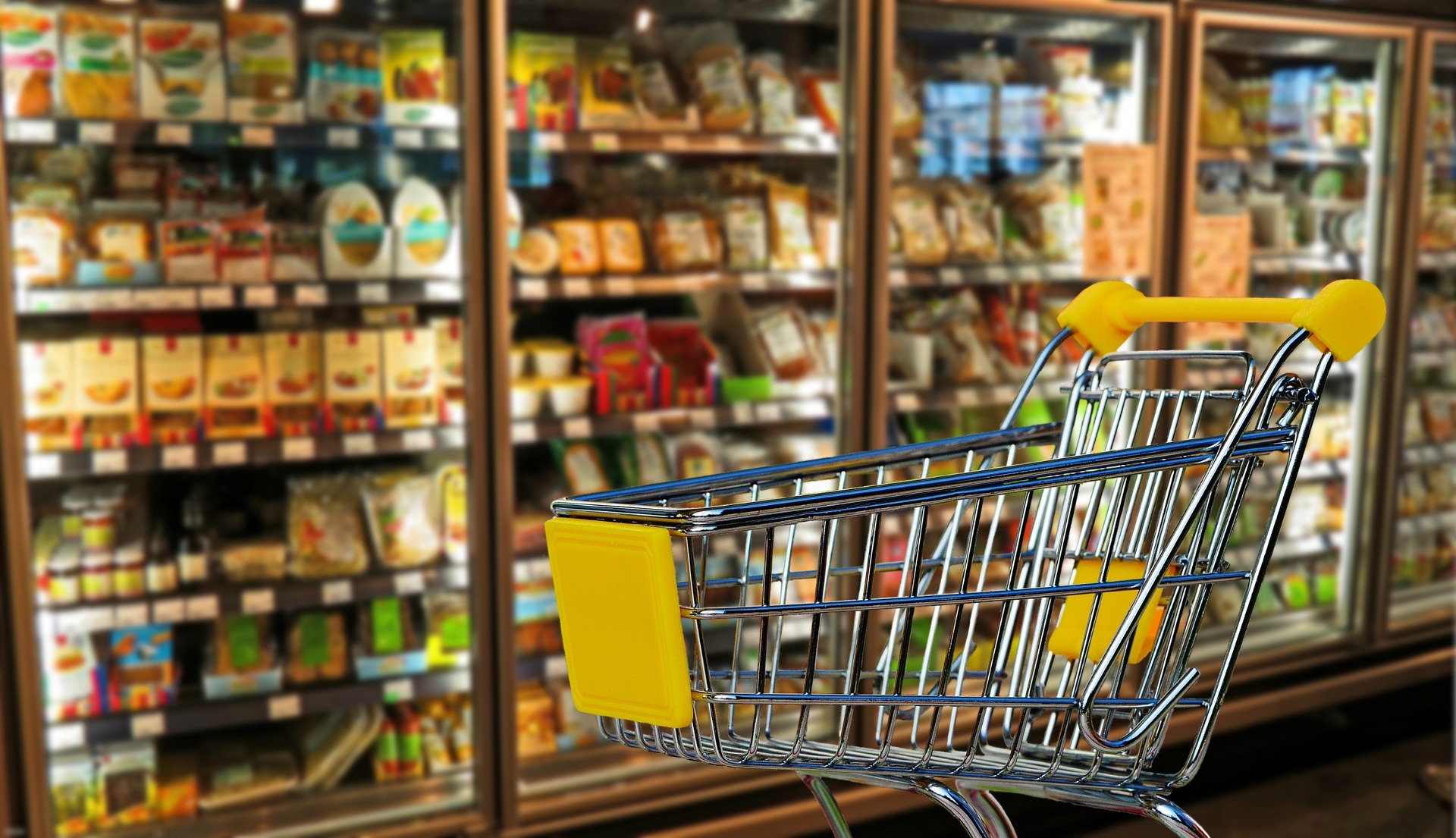South Africa’s April CPI Inflation Ticks Up to 2.8% Amid Rising Food Costs
The CPI increased by 0.3% on a month-on-month basis in April. Although the uptick was relatively subdued, it underscores persistent inflationary forces affecting essential goods and services.

- Country:
- South Africa
South Africa’s consumer price index (CPI) inflation edged up slightly in April 2025, rising to 2.8% from 2.7% in March, according to data released by Statistics South Africa (Stats SA). The marginal increase, though modest, reflects growing pressure on household budgets, particularly driven by food prices and excise tax impacts.
Monthly CPI Movement and Overview
The CPI increased by 0.3% on a month-on-month basis in April. Although the uptick was relatively subdued, it underscores persistent inflationary forces affecting essential goods and services. April’s figures reveal that South Africa remains within the Reserve Bank’s inflation target range of 3–6%, but notable cost increases in several high-consumption categories highlight ongoing economic stress for consumers.
Food and Non-Alcoholic Beverages See Notable Rise
One of the key contributors to the increase was the food and non-alcoholic beverages (NAB) category, which recorded a year-on-year inflation rate of 4.0% in April—its highest annual rate since September 2024, when it was at 4.6%. On a monthly basis, prices in this group jumped by 1.3%, the largest rise since October 2023’s 1.5%.
Stats SA attributed the surge primarily to meat prices. Stewing beef, mince, and steak recorded significant price hikes, leading to an average 2.3% increase in meat prices from March to April. This marks the highest monthly increase in meat costs since January 2023, when prices rose by 2.5%. Given that meat constitutes the largest component in the food and NAB basket—accounting for 5.1% of total household spending—its influence on overall inflation is substantial.
Oils, Fats, and Beverages Also See Price Gains
Oils and fats prices increased by 1.4% month-on-month, pushing the annual inflation rate for the category to 4.8%. Cooking oil and brick margarine are now 6.1% and 5.5% more expensive than they were in April 2024, respectively.
Meanwhile, hot beverages experienced an even more dramatic price escalation. Annual inflation for this category soared to 15.2%—the highest since September 2024, which saw a rate of 15.8%. Within this group, instant coffee led the spike with a staggering 20.2% year-on-year price increase. Global supply chain constraints and commodity price hikes have exacerbated these increases. According to the World Bank, the commodity index for robusta coffee beans rose by 28.1% over the past 12 months, reflecting broader international pressures feeding into domestic price levels.
Alcohol and Tobacco Prices Continue Climbing
Alcoholic beverages and tobacco products also contributed to April’s inflation increase. Prices rose by an annual 4.7%, up from 4.1% in March. On a monthly basis, the category’s inflation eased slightly—from 1.6% in March to 1.3% in April—but still reflects elevated costs. Stats SA attributes this trend to lingering effects of recent excise tax increases, which are being passed on to consumers.
Fuel Prices Offer Relief to Motorists
In contrast to upward trends in food and beverage prices, fuel costs provided some respite. On average, fuel prices fell by 3.2% between March and April. Year-on-year, South African motorists are now paying 13.4% less for fuel. Inland 95-octane petrol dropped to R21.62 per litre, down from R22.34 in March. Diesel prices also saw relief, declining to R21.94 from R22.80 the previous month.
Economic Implications and Outlook
While April’s headline inflation remains within the target range, the continued price increases in essential categories such as food, beverages, and tobacco are cause for concern. These staples have a disproportionate impact on low- and middle-income households, who spend a larger share of their income on basic goods. Conversely, declining fuel prices may offer a buffer, easing transport and distribution costs in the months ahead.
With food prices being driven by both domestic factors and global commodity trends, the South African Reserve Bank and policymakers will be closely monitoring inflationary developments. Upcoming months will be crucial in assessing whether inflation remains stable or whether further tightening measures are needed.










